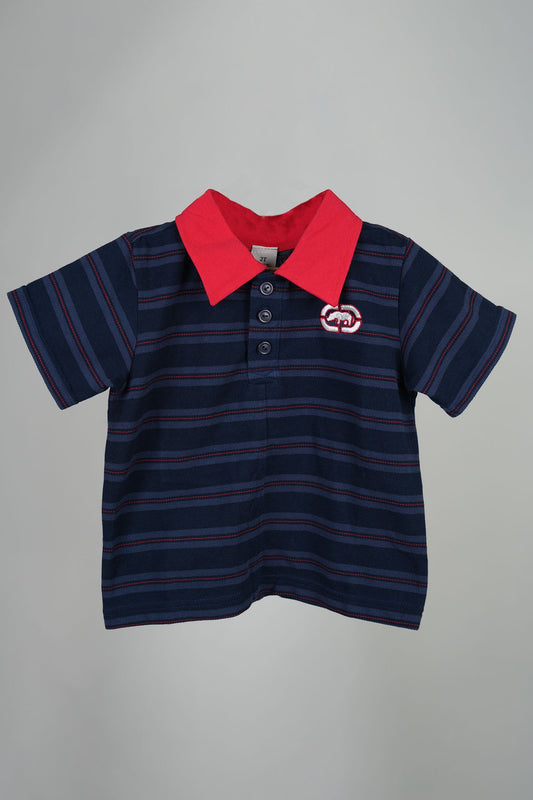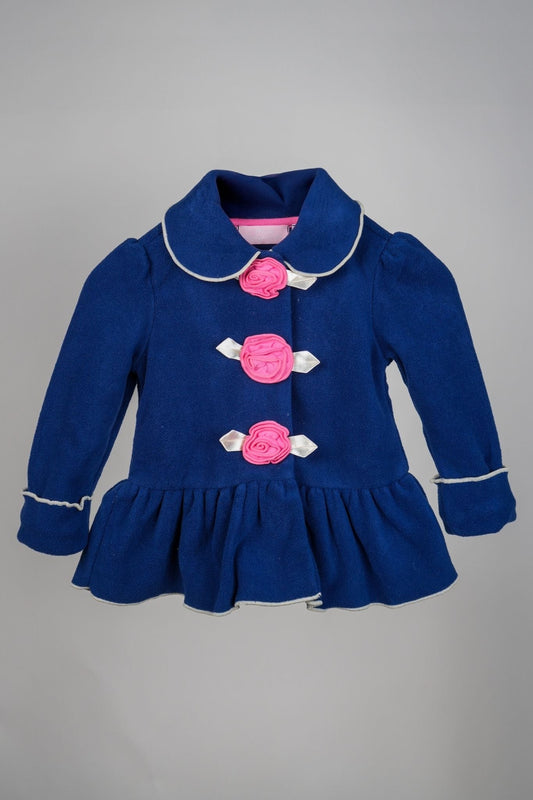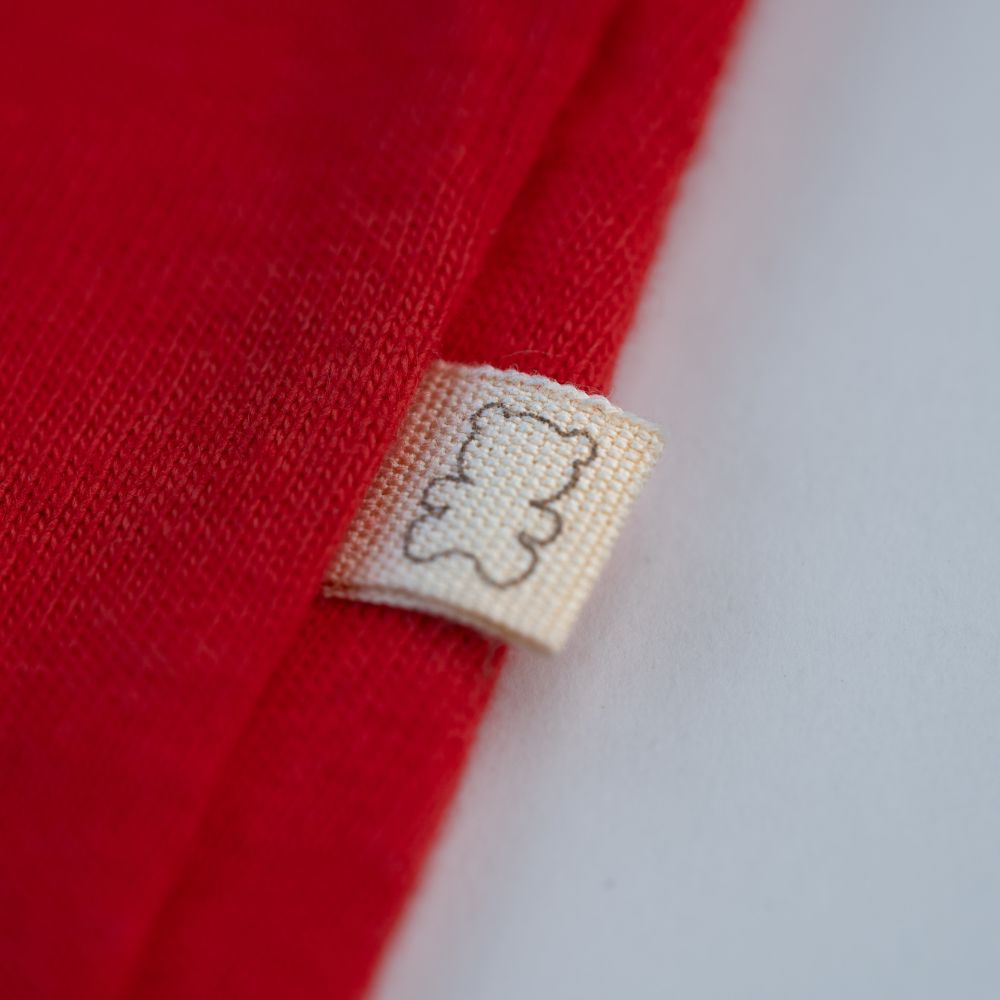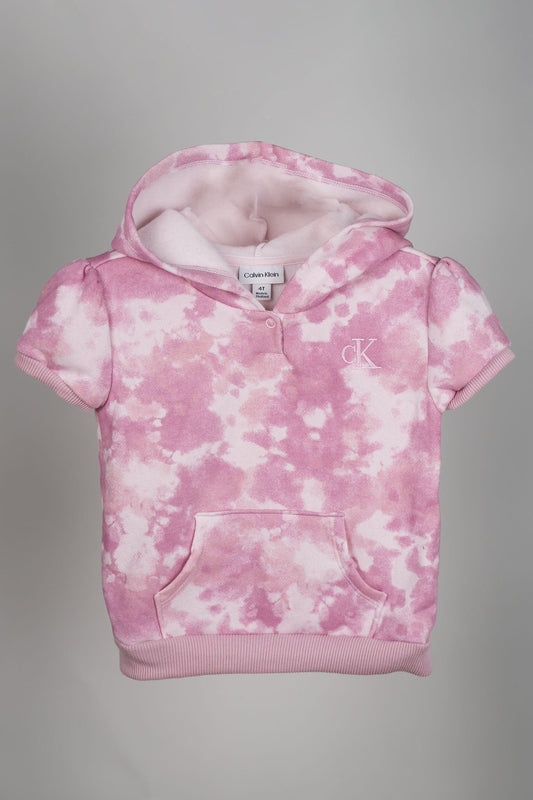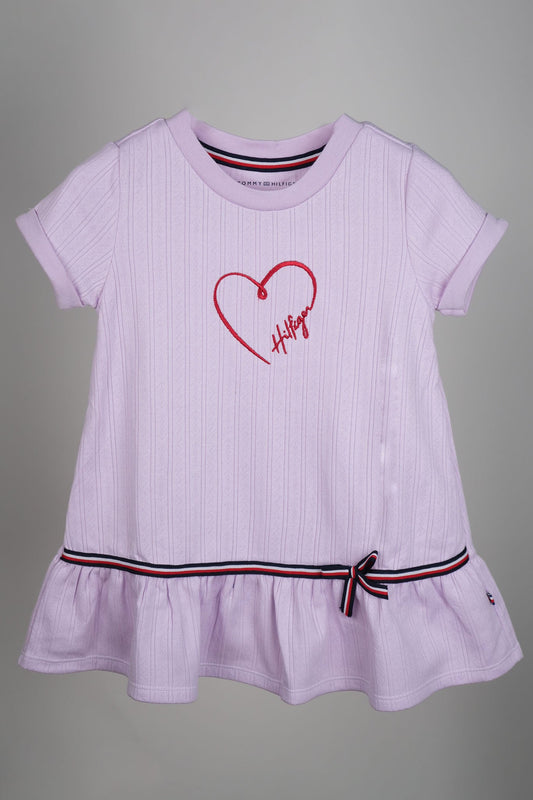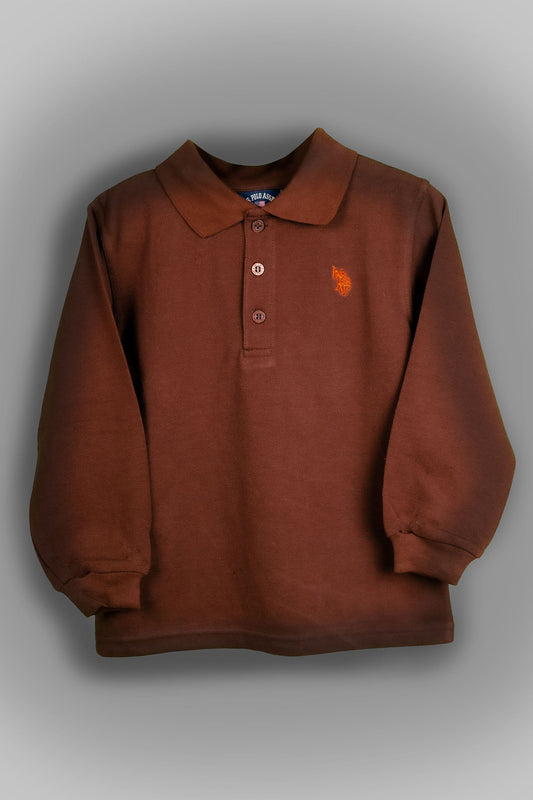2024's Game-Changing Trends in Kids' and Baby Fashion
The fashion landscape for kids and babies in 2024 is witnessing an exciting evolution, shaped by global shifts toward sustainability, technological innovation, and increased attention to comfort. As parents become more mindful of what they buy for their children, brands are responding with clothing that doesn’t just cater to style but also reflects environmental and ethical considerations. The intersection of fashion and function is driving these changes, making 2024 a transformative year for children's apparel. Let’s explore each of the key trends shaping the industry this year.
1. Eco-Friendly Kids' Fashion
Sustainability has become a core focus in children's fashion, with parents now more environmentally conscious than ever. The days of fast fashion are fading, and the shift towards eco-friendly practices is reshaping how kids’ clothing is made and marketed.
Upcycling & Recycling in Fashion: Major brands like Calvin Klein for Babies and Tommy Hilfiger Kids are leading the way by incorporating sustainable practices into their collections. These brands are launching eco-friendly lines that minimize waste, use biodegradable materials, and emphasize recycling. For instance, organic cotton significantly reduces pesticide use, making it safer for both the environment and the farmers who cultivate it. Likewise, recycled polyester made from plastic bottles helps reduce plastic waste. Upcycling, where old garments are turned into new designs, not only reduces landfill waste but also creates unique pieces. Parents are also engaging with recycling programs where they can trade in outgrown clothes for discounts on new items, making it easier and more affordable to maintain a sustainable wardrobe.
Transparent Supply Chains: Transparency in supply chains is increasingly important to modern consumers, particularly parents who want to ensure their children’s clothing is produced ethically. Brands are providing detailed information about their sourcing, manufacturing, and distribution processes, allowing consumers to make informed purchasing decisions. This transparency fosters trust and ensures that companies are held accountable for their environmental and labor practices. In addition, innovations in biodegradable and compostable fabrics are gaining momentum. These fabrics break down naturally over time, reducing the environmental footprint of children’s clothing—an especially important consideration given how quickly kids outgrow their clothes.
Water Conservation & Non-Toxic Dyes: The production of kids' clothing, especially cotton-based fabrics, is notorious for its high water consumption. However, sustainable brands are addressing this issue by using organic cotton, which requires significantly less water than conventional cotton. Additionally, they are implementing water recycling systems to reduce overall water usage. To further promote sustainability, many brands are using non-toxic, plant-based dyes that are safer for children's skin and the environment. Traditional dyes often contain harmful chemicals, so this shift not only protects the health of children but also limits chemical pollution.
Education and Awareness: Sustainability is not just about product development; it’s also about educating consumers. Brands are playing a crucial role in raising awareness about the benefits of eco-friendly materials and practices. Through blogs, social media, and educational campaigns, companies like Mixmax are helping parents make more conscious purchasing decisions. These efforts foster a deeper understanding of how consumer choices impact the environment, making sustainability a shared responsibility between brands and buyers.
2. Comfort Takes Priority
In 2024, comfort is a non-negotiable element of children's fashion. With parents increasingly focused on ensuring their kids are comfortable throughout their day—from school to playtime—brands are prioritizing fabrics and designs that provide maximum comfort without sacrificing style.
Soft, Breathable Fabrics: The choice of fabric is fundamental to creating comfortable children's clothing. Materials like organic cotton, bamboo, and modal have become popular because they are soft, breathable, and gentle on sensitive skin. Organic cotton, in particular, is hypoallergenic and ideal for children with skin sensitivities. These fabrics also help regulate body temperature, ensuring that children remain comfortable in both warm and cool weather. Loose-fitting designs, such as oversized tops, wide-leg pants, and flowy dresses, allow for greater freedom of movement, which is essential for active children.
Functional Designs: Comfort isn’t just about fabric—it’s also about functionality. Parents look for practical features that make dressing easier for both them and their children. Elastic waistbands, adjustable straps, and easy-access zippers are especially helpful during growth spurts, as they allow clothes to adjust to the child's changing size. Functional designs also promote independence, enabling children to dress themselves with ease. Features like pockets add an extra layer of practicality, allowing kids to carry small items like toys, snacks, or other personal belongings.
Stretchy Materials: Active children need clothes that move with them. Stretchy fabrics such as jersey knits and spandex blends offer the flexibility needed for physical activities like running, jumping, and climbing. These materials provide comfort without restricting movement, making them ideal for playtime. Stretchy leggings and knits have become staples in children's wardrobes for their ability to combine style, comfort, and functionality. The stretch allows for easy dressing and ensures that the clothes fit well even as the child grows.Click here to explore the stretchy branded frocks offered by Mixmax for baby girls.
Seasonal Versatility: Kids' clothing must adapt to different seasons while maintaining comfort. Lightweight, moisture-wicking fabrics are essential for the warmer months, helping children stay cool and dry. In contrast, colder seasons call for thermal layers and fleece-lined pieces that provide warmth without adding unnecessary bulk. This adaptability ensures that children are comfortable no matter the weather, promoting overall well-being and preventing discomfort during outdoor activities.
3. Technological Advancements in Kids' Fashion
Technology is revolutionizing kids’ fashion in 2024, bringing innovation not just in aesthetics but also in functionality and sustainability. These advancements are setting new standards for what parents and children can expect from clothing.
Smart Fabrics and Wearables: One of the most exciting innovations in kids' fashion is the integration of smart fabrics and wearable technology. These fabrics are embedded with sensors that can monitor a child's activity levels, sleep patterns, or even vital signs. For parents, especially those with young children or kids with health concerns, this technology offers peace of mind. For example, smart pajamas can track a child’s sleep quality, helping parents ensure their child is getting enough rest. Wearable devices like kid-friendly fitness trackers also promote healthy habits by encouraging physical activity and making exercise fun for kids.
Eco-Friendly Dyeing: Traditional dyeing methods can be harmful to both the environment and children's sensitive skin. In response, brands are turning to eco-friendly dyeing processes like digital printing and natural, plant-based dyes. These methods reduce the environmental impact while still producing vibrant, long-lasting colors. By adopting these techniques, brands ensure that their clothes are not only visually appealing but also safer for kids to wear.
3D Printing in Fashion: 3D printing technology is transforming the way children’s clothing is designed and manufactured. This innovative technique allows for custom-fit garments, reducing waste by creating clothes that fit perfectly from the start. Additionally, 3D printing opens up new possibilities for intricate designs and faster production times. Brands can quickly prototype and test new ideas, bringing fresh, personalized styles to the market more efficiently than traditional manufacturing methods allow.
Augmented Reality Shopping: The online shopping experience is becoming more interactive and engaging with the help of augmented reality (AR). Parents and children can use AR apps to virtually try on clothes before purchasing them, giving a more accurate sense of fit and style. This reduces the chances of returns, making shopping more efficient and enjoyable. For kids, AR adds a fun, interactive element to the shopping process, allowing them to see how they would look in different outfits in real time.
4. Inclusive and Adaptive Kids’ Clothing
Inclusivity is a growing priority in kids’ fashion, and 2024 is seeing an increased focus on designing clothes that cater to children of all abilities. This trend is about more than just aesthetic appeal; it’s about creating garments that foster independence, comfort, and self-expression for all children.
Adaptive Clothing for All Abilities: Adaptive fashion is designed to meet the needs of children with physical challenges. Brands are incorporating features like magnetic buttons, Velcro closures, and elastic waistbands that make it easier for children with limited mobility to dress and undress themselves. These features help children feel more independent and confident while ensuring they still have access to stylish and comfortable clothing.
Medical Needs: Adaptive clothing is also addressing the needs of children who use medical devices like feeding tubes or wear braces. These garments feature discreet openings and adjustable designs that allow easy access to medical equipment without compromising on style. By making these features seamless, adaptive clothing ensures that children can manage their medical needs comfortably while still feeling confident and stylish.
Size Inclusivity: Recognizing that children come in all shapes and sizes, brands are expanding their size ranges to cater to a wider variety of body types. This inclusivity promotes body positivity by ensuring that every child can find clothes that fit well and make them feel good. Offering a wider range of sizes also ensures that children feel represented and included, no matter their size or shape.
Mixmax: Leading the Way in Sustainable Kids’ Fashion
At Mixmax, we’re proud to lead the charge in bringing sustainable and stylish kids' fashion to Pakistan. Our curated collections from top global brands like Calvin Klein, Tommy Hilfiger, and Kids HQ prioritize eco-friendly materials and ethical production practices. We believe in offering not only fashionable but also sustainable clothing that parents can feel good about.
Our commitment to sustainability goes beyond just the clothes—we focus on minimizing waste through eco-friendly packaging and using organic cotton, which is grown without harmful pesticides. This makes our clothing safe for children’s delicate skin and better for the environment. Whether you’re shopping for breathable summer outfits or cozy winter layers, Mixmax has a range of options designed with both comfort and the planet in mind.
We also pride ourselves on providing quick, reliable delivery across Pakistan, ensuring that your child is always outfitted in the latest styles. Customer satisfaction is our top priority, and our team is here to help with any questions or concerns, making your shopping experience smooth and enjoyable.
Discover our new Winter arrivals and see how Mixmax is leading the way in fashion for children in Pakistan. Join us in making a positive impact on the planet, one outfit at a time!
